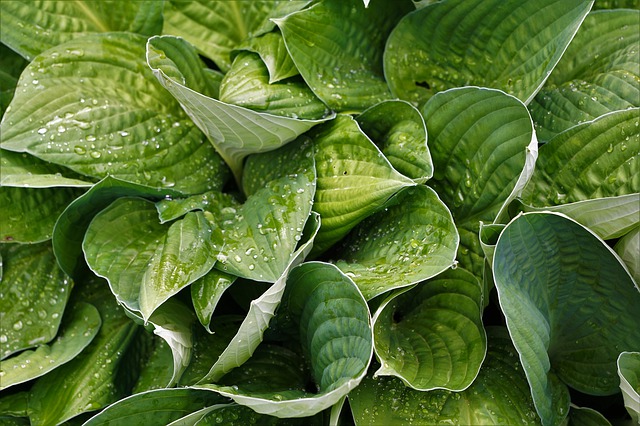It may seem surprising, but plants, like animals, must communicate with their environment. They do not have a centralized system of hormones like humans, for example. While a small amount of a substance may act in a certain way, a higher concentration of the same substance may act antagonistically (i.e., inversely). Thus, the concentration of plant hormones is of great importance. It should also be noted that the function of many hormones is now a central topic of research. Along with this are their external application to plants in conjunction with higher yields. [They can be divided into growth stimulants and growth inhibitors. These are auxins, cytokinins, ethylene, gibberellins, and abscisic acid. [Germination
Seeds store a hormone called gibberellin, and when seeds are soaked in water, a mechanism is activated that produces an enzyme called alpha-amylase.
Gibberellins further promote high growth. Florigen induces flowering.
-Flowering
Ethylene is a waste gas secreted by ripe fruit. Ethylene often interacts with other plant hormones to hasten flowering and cause defoliation of flowering plants. Therefore, ripe fruit should not be placed near vases.
– Light and apical dominance (branching growth)
Have you ever wondered why pinching the top of a plant causes it to branch? It is because the plant hormone auxin accumulates in the apical meristem (the web at the tip of the main stem). Pinching this apex spreads auxin evenly to the lateral branches, causing them to elongate. It also controls the polarity of the plant cells, and the acidity of the mesh affects the orientation of the stem and leaves to light. [22] – Delays senescence [23] Cytokinins are responsible for slowing the breakdown of chlorophyll. They are synthesized in the roots and transported to other parts of the plant. [Abscisic acid is a substance that regulates stomatal opening in response to water deficit. Abscisic acid production is regulated by stress proteins, which are overproduced during prolonged drought, causing stomata to close.